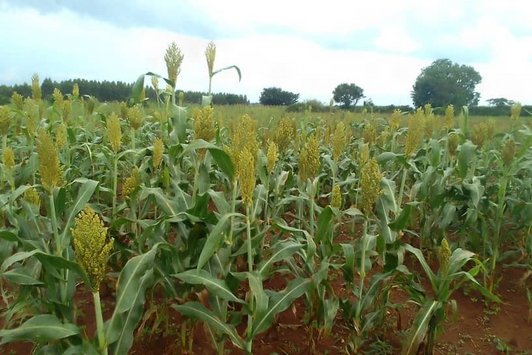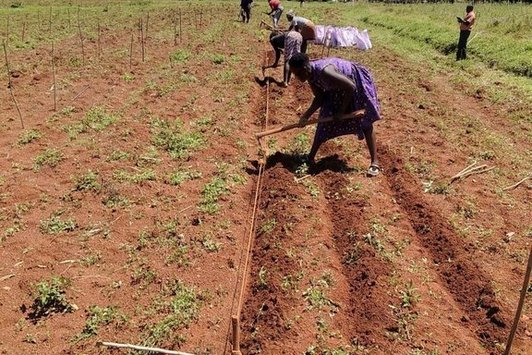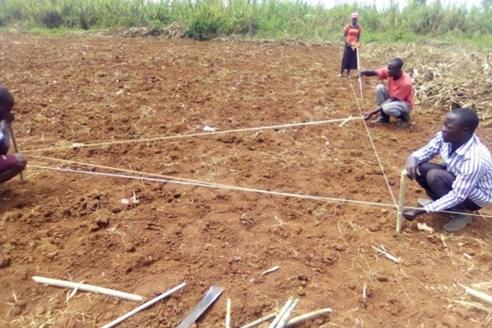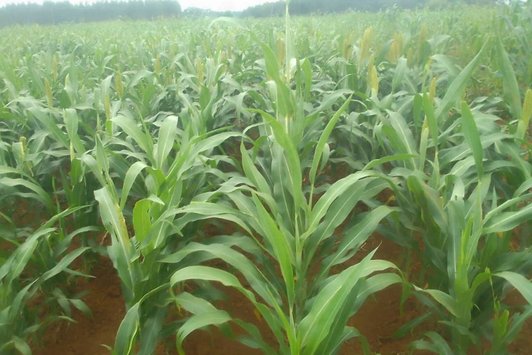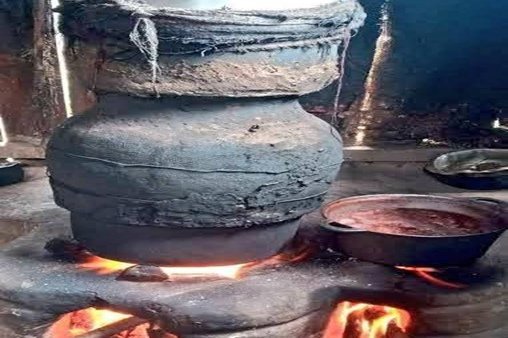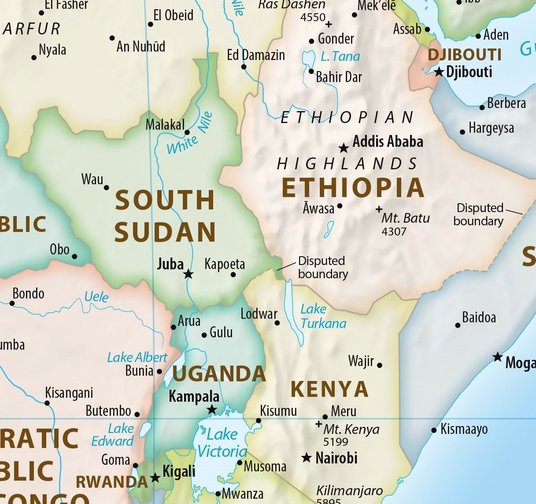
Project completed: P055_Kenya_Uganda_Ethiopia
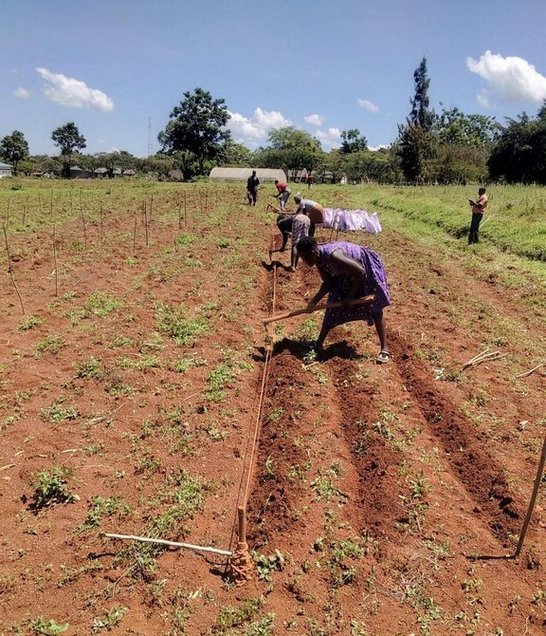
Bio-Ethanol Production from Sweet Sorghum Stalks Grown in Varied Agro-Ecological Zones in Africa
Cooperating countries: Kenya, Uganda, Ethiopia, Austria
Coordinating institution: Maseno University, Oscar Kambona Ouma, kaudo2015@gmail.com
Partner institutions: Maseno University (Kenya), Nkumba University (Uganda), Debre Markos University (Ethiopia), IMC University of Applied Sciences Krems (Austria)
Project duration: 1 April 2022 - 31 March 2024
Budget: EUR 32.550
Abstract:
This study aims to produce bio-ethanol from sweet sorghum stalk that is grown in different parts of Africa. The work will establish the optimum agronomic conditions for varieties of sweet sorghum in different agro-ecological zones (AEZ) in Africa (Ethiopia, Kenya and Uganda). It will achieve this by identifying the different cultivars grown in the selected countries (agro ecological zones); characterize the Soil Crop Atmospheric parameters (for example soil: fertility, pH, physical properties-texture among others) suitable for production in each AEZ. Based on this, promising cultivars will be grown in the (AEZ) identified. The stalks from the best cultivar will be subjected to chemical processes, including the brix levels determinations, in order to determine the optimum conditions for bio-ethanol production at laboratory scale. The best sweet sorghum cultivar in terms of brix levels will be selected for bulk production of planting materials. Quality testing and characterization of the bio-ethanol will be done while considering chemical composition, Calorific value, alcohol content, moisture content, ash content, flash point, specific gravity, sulfur content and total solid content in order to compare it with existing cooking fuels. The study findings will be of importance considering that the bio-ethanol produced at the laboratory scale and best sweet sorghum cultivars can be up scaled to meet not only the food needs (grains) of most rural African communities but their energy and industrial needs (stalks) as well.
Summary:
Maseno University, Kenya
The aim of the last phase of the project was to plant sweet sorghum varieties (in Siaya and Kibos sites) in order to produce seeds for bulking. The seeds will be distributed to interested farmers in Siaya and Kibos sites. As the plants were growing, other agronomic parameters of growth were measured to monitor the performance of the crops. After harvesting, the sweet sorghum stalks were squeezed to extract juice. The amount of juice per unit weight of the stalk were determined. The sugar content (Brix) level was determined for both fresh and dried juices.
The project also attempted to interact with the local community with a view of understanding the traditional knowledge on bioethanol production. Since the normal practice of traditional bio-ethanol production is to use food sources such as millet and other sugar rich food substances, the project impressed upon the community to use nonfood sources such as sweet sorghum stalk juice. This approach if implemented fully will increase food security in the Kenya’s rural areas as the food sources traditionally used for bioethanol production will be freed up for direct consumption by the locals. This is a good area for post project follow up.
Nkumba University, Uganda
In Uganda sorghum is a third most important cereal grown after maize and rice. It is grown for food and income especially among the farming families in drought prone areas. Sorghum is mainly grown in Northern region, followed by Eastern, Western and Central. Several varieties are grown broadly categorized as white and brown varieties. This project was implemented in two districts of Mayuge and Wakiso. Mayuge is found in the Eastern part of the country while Wakiso is found in the central part. Wakiso and Mayuge are found in Mukono and Buginyanya Agro-Ecological Zones (AEZ) respectively. The objectives of the project were to: Identify the different sweet sorghum cultivars grown in the different AEZs; Characterize the soil, crop and atmospheric parameters for sweet sorghum (soil fertility (CEC), Soil pH, soil physical properties-texture; Grow existing and promising cultivars in the agro-ecological zones identified and compare their levels of bioethanol yield per hectare; and select the best sweet sorghum cultivars based on the brix analyses. Several methods were used to accomplish the study objectives. For objective one, desk review was conducted to identify the sweet sorghum cultivars grown in Uganda. Soil sampling and laboratory analyses were carried out to establish the soil chemical and physical properties of the soil and a complete random block design was adopted to conduct the experiment on the different sorghum cultivars selected for their brix content and eventual bioethanol extraction. It was discovered that several sweet sorghum cultivars are grown in Uganda such as NAROSORG1, NAROSORG3, SESO1 and Chromatine among others. The soil results indicated that soils from Wakiso had a Sandy clay textural class while for Mayuge, the soils were sandy clay loam. Additionally, the soils from Wakiso district had more organic matter and calcium content. The sorghum varieties in the two AEZs were all susceptible to the common pests such as shoot fly, stem borers, smut and army worm. Brix yield among the cultivars at different maturity stages was highest at 100% maturity, and Buginyanaya AEZ produced cultivars with higher brix yield. However, there was no significant difference in the brix yield among the sorghum varieties, although, brix yield was slightly high in NAROSORG1.
